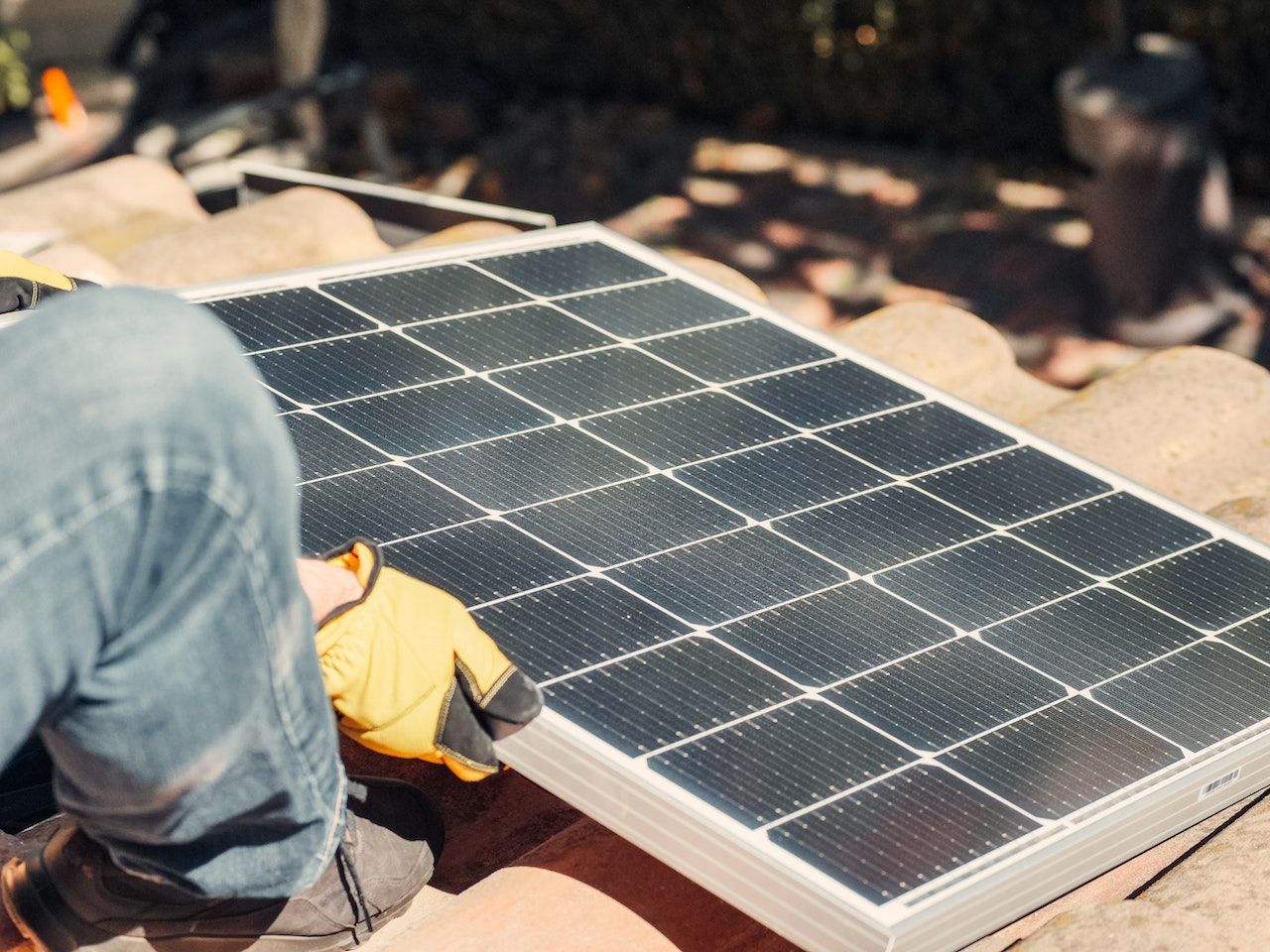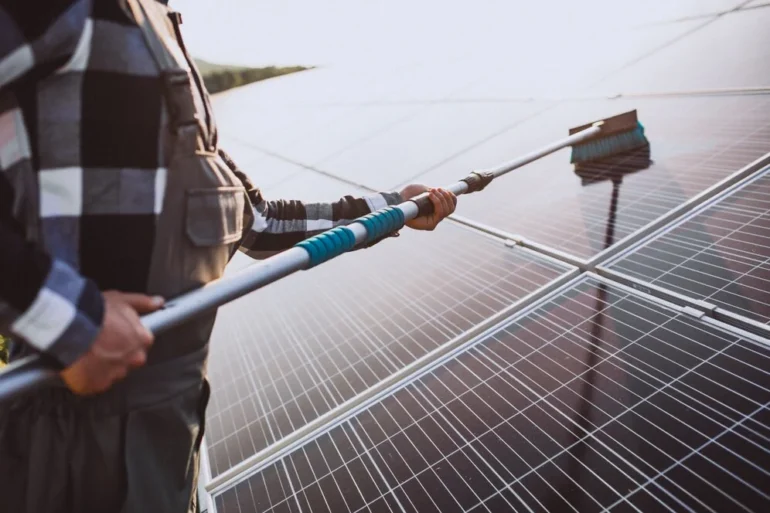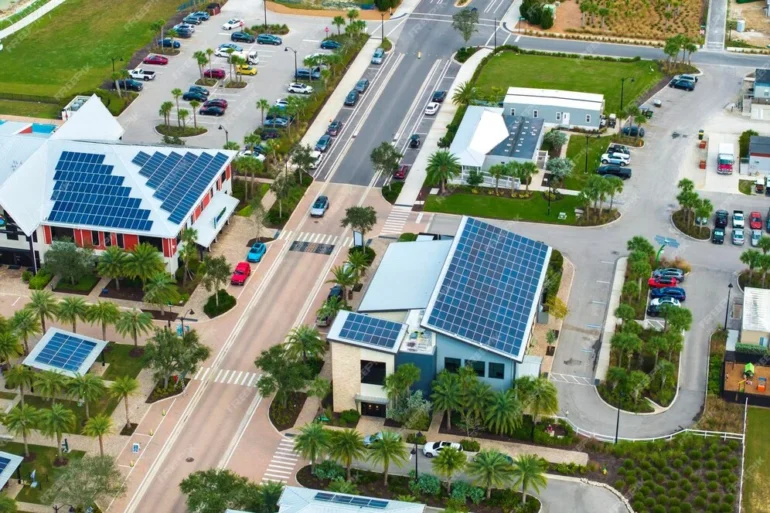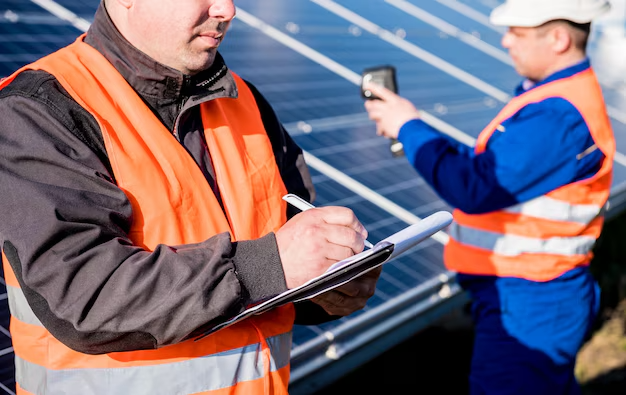Solar roof mounting systems have emerged as a fascinating advancement in the field of solar technology. These systems play a crucial role in solar arrays, providing the means to securely fasten solar panels to rooftops or the ground. With a fiercely competitive solar product market, mounting systems have become one of the most sought-after components.
1. The Need for Solar Roof Mounting Systems
Solar energy has gained immense popularity due to its numerous benefits for both the environment and homeowners. However, to harness solar power efficiently, solar panels need to be securely installed on rooftops. This is where solar roof mounting systems come into play. They provide the necessary support and stability for solar panels, ensuring optimal energy generation.
2. Understanding Solar Roof Mounting Systems
Solar roof mounting systems are designed to hold solar panels in place on various types of roofs. They consist of mounting brackets, rails, and clamps that securely attach the solar panels to the roof structure. The specific design and configuration of the mounting system depend on factors such as roof type, location, and local weather conditions.
3. Types of Solar Roof Mounting Systems
3.1 Pitched Roof Mounting Systems
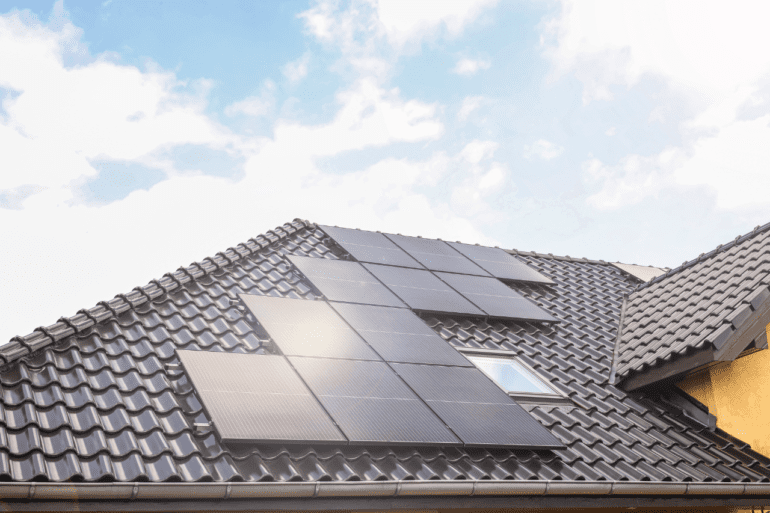
Pitched roof mounting systems are commonly used for residential properties with sloped roofs. These systems utilize adjustable brackets and rails to optimize the tilt angle of the solar panels for maximum sun exposure. They are versatile and can be installed on various types of pitched roofs, including asphalt shingles, tile, and metal roofs.
3.2 Flat Roof Mounting Systems
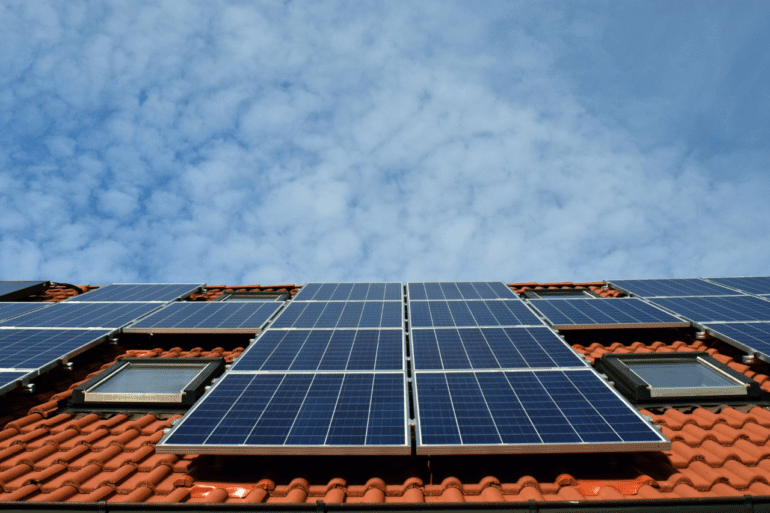
Flat Roof mounting systems are ideal for commercial and industrial buildings with flat or low-slope roofs. These systems use ballasted or anchored racking structures to elevate the solar panels at an optimal tilt angle. Flat roof mounting systems are designed to ensure proper water drainage and provide easy access for maintenance.
3.3 Ground-Mounted Systems
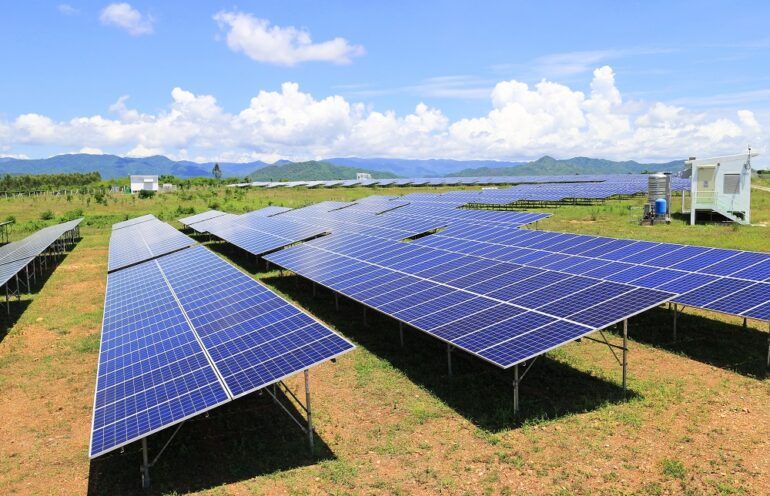
Ground-mounted systems are an alternative to roof-mounted installations. They are suitable for areas where roof space is limited or unsuitable for solar panel installation. Ground-mounted systems involve installing solar panels on structures or racks anchored to the ground. They offer flexibility in terms of panel orientation and can be adjusted to track the sun’s movement for increased energy generation.
4. Advantages of Solar Roof Mounting Systems
4.1 Space Efficiency
Solar roof mounting systems utilize existing roof space, making them highly space-efficient. They allow homeowners and businesses to generate renewable energy without compromising additional land or property.
4.2 Energy Efficiency
By harnessing solar power directly from the rooftops, solar roof mounting systems minimize energy losses that may occur during long-distance transmission. This improves overall energy efficiency and reduces reliance on traditional power grids.
4.3 Aesthetics and Integration
Modern solar roof mounting systems are designed to blend seamlessly with the architecture of residential and commercial buildings. They offer aesthetically pleasing installations that enhance the overall appearance of the property.
5. Considerations for Installing Solar Roof Mounting Systems
Before installing solar roof mounting systems, several crucial factors should be taken into account:
5.1 Roof Orientation and Tilt
The orientation and tilt of the roof significantly impact the solar energy generation potential. South-facing roofs with an optimal tilt angle usually yield the highest energy output. However, adjustments can be made for east or west-facing roofs to maximize energy generation.
5.2 Structural Integrity
Roofs must be structurally sound and capable of supporting the additional weight of solar panels. A professional assessment should be conducted to ensure the roof’s integrity and identify any necessary reinforcements or repairs.
5.3 Local Building Codes and Regulations
It is essential to comply with local building codes and regulations when installing solar roof mounting systems. These codes often dictate requirements for setbacks, wind load resistance, and electrical connections to ensure safe and efficient installations.
6. The Future of Solar Roof Mounting Systems
Solar roof mounting systems are continuously evolving, driven by technological advancements and growing demand for renewable energy. Here are some key aspects that shape the future of solar roof mounting systems:
6.1 Technological Advancements
Ongoing research and development efforts are focused on improving the efficiency and durability of solar roof mounting systems. Innovations such as lightweight materials, integrated wiring solutions, and advanced tracking mechanisms are being introduced to enhance overall system performance.
6.2 Cost Reduction
As solar technology becomes more mainstream, the cost of solar roof mounting systems continues to decrease. The advancements in manufacturing processes and economies of scale contribute to making solar energy more affordable and accessible to a wider range of consumers.
6.3 Increased Adoption and Market Growth
The adoption of solar roof mounting systems is expected to grow rapidly in the coming years. Governments and organizations worldwide are implementing incentives and policies to encourage the use of renewable energy sources, further driving the demand for solar installations.
7. Innovations and Advancements in Solar Roof Mounting Systems
The solar industry continues to witness advancements in solar roof mounting systems. Some notable innovations include:
- Integrated solar roof tiles that seamlessly blend with traditional roofing materials.
- Lightweight and flexible mounting systems that can be installed on various roof types.
- Tracking systems that follow the sun’s movement throughout the day for maximum energy generation.
These innovations aim to enhance the efficiency, aesthetics, and ease of installation of solar roof mounting systems.
8. Installation Process
The installation process of solar roof mounting systems involves several steps. First, a thorough assessment of the roof’s structural integrity is conducted. Then, the appropriate mounting system is selected based on the roof type and location. Next, the solar panels are mounted onto the system, ensuring proper alignment and secure fastening. Finally, the electrical connections are made, enabling the generated solar energy to be harnessed for consumption.
9. Maintenance and Durability
Solar roof mounting systems are designed to withstand various weather conditions and require minimal maintenance. Routine inspections, cleaning of panels, and checking the system’s structural integrity are essential to ensure optimal performance and longevity. Most systems are built to last for decades, providing a reliable and durable solution for solar energy generation.
10. Environmental Impact
Solar roof mounting systems contribute significantly to reducing greenhouse gas emissions and combating climate change. By harnessing clean and renewable energy, they help to mitigate the use of fossil fuels, which are major contributors to global warming. Adopting solar energy through these systems promotes a greener future and helps preserve the environment for generations to come.
11. Economic Considerations
While the initial investment for solar roof mounting systems may seem significant, the long-term economic benefits outweigh the costs. With advancements in technology and declining solar panel prices, the return on investment has become increasingly favorable. Additionally, government incentives, such as tax credits and feed-in tariffs, further enhance the financial feasibility of adopting solar energy.
12. Integration with Smart Homes
Solar roof mounting systems can be seamlessly integrated with smart home technologies, enhancing energy management and efficiency. Through the use of monitoring systems and smart meters, homeowners can track their energy consumption and optimize their solar energy utilization. This integration allows for greater control and contributes to a more sustainable and energy-efficient lifestyle.
13. Future Developments and Advancements
The future of solar roof mounting systems is promising, with ongoing developments and advancements aimed at improving their efficiency and effectiveness. Researchers are exploring innovative materials, such as lightweight and flexible solar panels, to expand the range of applications and increase installation flexibility. Additionally, advancements in energy storage technologies, such as batteries, will enable better utilization of solar energy during non-sunlight hours.
14. Increased Adoption and Market Growth
The adoption of solar roof mounting systems is expected to grow rapidly in the coming years. Governments and organizations worldwide are implementing incentives and policies to encourage the use of renewable energy sources, further driving the demand for solar installations.
Conclusion
Solar roof mounting systems play a pivotal role in the widespread adoption of solar energy. They provide a reliable and efficient means of installing solar panels on rooftops, enabling individuals and businesses to harness the power of the sun. As technology advances and costs continue to decline, solar roof mounting systems are poised to become an integral part of our energy infrastructure, leading the way toward a sustainable future.
FAQs (Frequently Asked Questions)
- Are solar roof mounting systems suitable for all types of roofs?
Solar roof mounting systems can be adapted to various roof types, including pitched roofs, flat roofs, and even curved surfaces. However, it is recommended to consult with a professional installer to determine the most suitable system for a specific roof.
- How long do solar roof mounting systems typically last?
Most solar roof mounting systems are designed to last for several decades, with warranties ranging from 20 to 25 years. Regular maintenance and inspections can ensure their longevity and optimal performance.
- Can solar roof mounting systems be installed on existing roofs?
Yes, solar roof mounting systems can be installed on existing roofs. The installation process involves assessing the roof’s structural integrity and selecting the appropriate mounting system based on the roof type.
- Do solar roof mounting systems require direct sunlight to generate electricity?
While direct sunlight maximizes energy generation, solar panels can still generate electricity under cloudy or indirect sunlight conditions. However, the efficiency may be slightly reduced compared to direct sunlight exposure.
- How much can I save on electricity bills by installing a solar roof mounting system?
The savings on electricity bills depend on various factors, such as the system’s size, local electricity rates, and the amount of solar energy consumed. On average, homeowners can expect significant savings over the system’s lifespan, ranging from thousands to tens of thousands of dollars.
- Do solar roof mounting systems require maintenance
Roof mounting systems are generally low-maintenance. Regular inspections and cleaning may be required to ensure optimal performance.
- Are there any financial incentives for installing solar roof mounting systems?
Many countries offer financial incentives such as tax credits, grants, and net meters.
